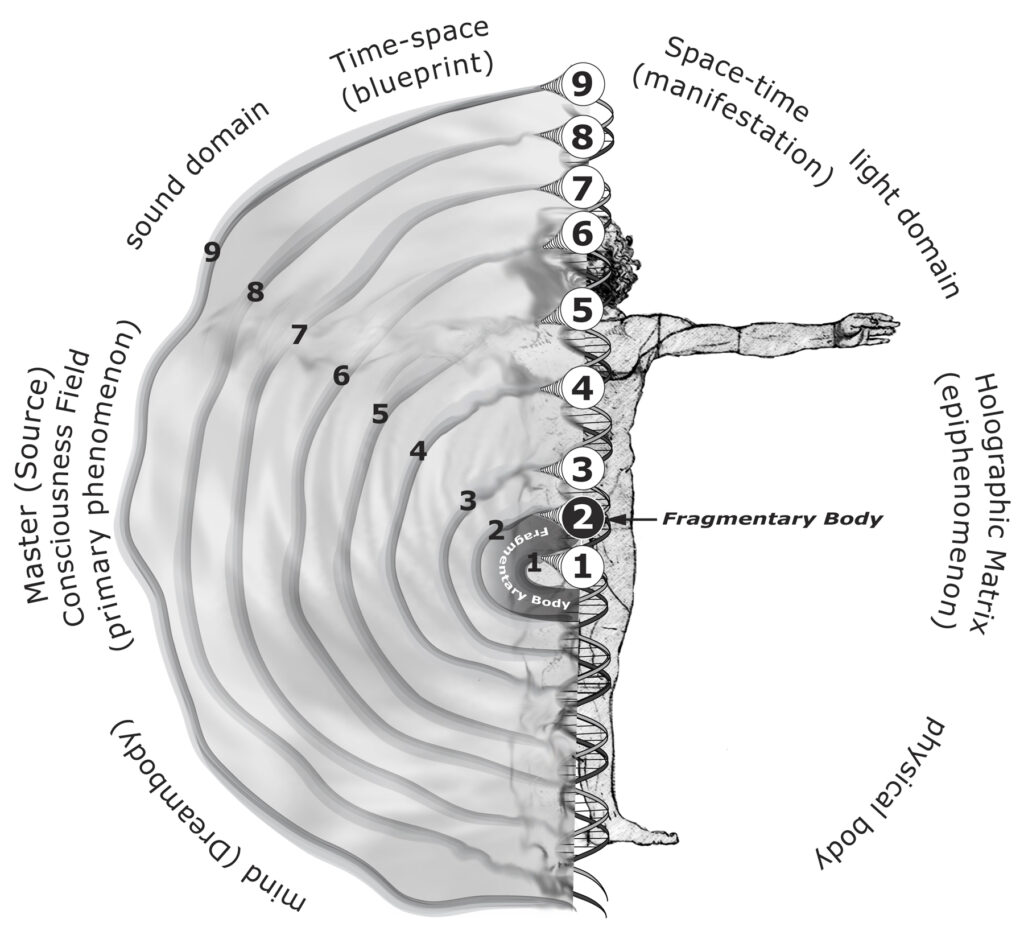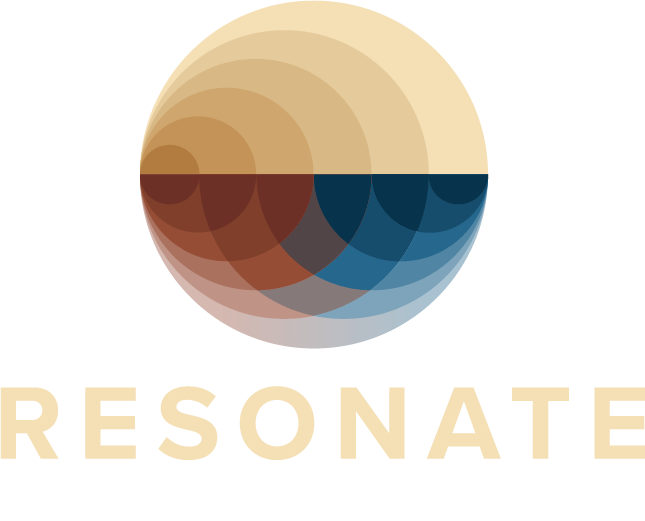Regenetics Case Study

This case study demonstrates the power the Regenetics method has in creating profound healing on multiple levels. It involves a 60-year-old woman with a 30-year history of multiple sclerosis. At the time of her evaluation she required a rollator for getting around in the community and a quad cane and rollator for household mobility. When she went downstairs she needed a cane plus assistance from her partner because she felt like she was constantly falling backward and had to lean forward to not fall.
She felt like she did not know where the right side of her body was. At the time of her evaluation, she was unable to attempt lifting either leg for single-leg balance. When attempting left single leg balance she required upper body support (refer to video below). During ambulation, she demonstrated decreased left compared to right stance stability with a slow cadence and no appreciable trunk, pelvic, or arm movement which is depicted in the video below.
This case study demonstrates the power the Regenetics method has in creating profound healing on multiple levels. It involves a 60-year-old woman with a 30-year history of multiple sclerosis. At the time of her evaluation she required a rollator for getting around in the community and a quad cane and rollator for household mobility. When she went downstairs she needed a cane plus assistance from her partner because she felt like she was constantly falling backward and had to lean forward to not fall.
She felt like she did not know where the right side of her body was. At the time of her evaluation, she was unable to attempt lifting either leg for single-leg balance. When attempting left single leg balance she required upper body support (refer to video below). During ambulation, she demonstrated decreased left compared to right stance stability with a slow cadence and no appreciable trunk, pelvic, or arm movement which is depicted in the video below.
Her objective tests were as follows:
- Modified Falls Efficacy Scale 4.07 (0 least, 10 most confident with functional mobility tasks)
- Berg Balance Test: 22/56 (41-56 = low fall risk, 21-40 = medium fall risk, 0 –20 = high fall risk)
- Buteyko Breath Hold Control Pause Test: 5 sec (40 sec: excellent, 30 sec: good, 20 sec: fair, 10 sec: poor)
- Hip Adduction: 0 degrees bilateral
- Hip Abduction: R ~ 0-5 degrees, L not tested
- Straight Leg Raise 90 degrees L, 60 degrees R
- Shoulder Internal and External Rotation: 80 degrees bilaterally
- Shoulder Flexion ~ 170 degrees bilaterally
- Shoulder Horizontal Abduction: ~ 30 degrees bilaterally
- Cervical Sidebending: Restricted 100% bilaterally
- C0-1 (subcranial) Sidebending: Restricted 100% bilaterally
- C7-8 Rotation: Restricted 100% L, 75% R
Below are videos of her initial ability to balance on one leg and walk. You may notice that when attempting to balance on the left leg she is unable to let go of the table for support. She does not feel comfortable trying to lift either leg.
Initial Attempt at Singe Leg Balance
Initial Gait Pattern
During this first session, she was instructed in the Buteyko reduced breathing technique to improve carbon dioxide tolerance and subsequent cellular oxygen delivery. For more information on the Buteyko breathing method please refer here. After a few minutes of reduced breathing training her control pause improved from 5 to 10 seconds. She was also instructed in proper tongue posture as she did not habitually fully rest her tongue on her palate.
Proper tongue posture has important implications for breathing and neuromuscular tension in the body. For more information on this topic please refer to the following article. By the end of her session, her cervical range of motion had improved from a 100% to ~ 75% restriction. She was instructed to continue with reduced breathing and tongue posture mindfulness as her home program. Finally, she was educated about biofield therapies and their connection to our physical, mental, and emotional health in which she was open to trying at her next session.
Her second session was 5 days later. Objectively, she presented as she did the prior session with a carryover in the improvement of her cervical range of motion that was gained during the first session (100% to 75% restriction). Her gait and single-leg balance remained unchanged from the initial evaluation.
During this second visit, she received the first activation in the Regenetics method, Potentiation. The Regenetics method, developed by Sol Luckman, utilizes intention and vowel sounds at specific frequencies to activate a systematic bioenergy blueprint repatterning which works to clear out any distortions within certain dimensions of your biofield that may be negatively impacting your physical, emotional, mental and/or spiritual health.
She returned for her 3rd session 1 month later (during this time she received no other types of intervention) with a very significant improvement in not only her physical but mental and emotional status as well. This is clearly depicted in her subjective report as follows:
“I am walking better and am seeing better without my glasses. Things are sharper and clearer. I was really tired the first two weeks after the last session but slept soundly. I feel less exhausted but still can’t walk very far (~ 150-200 ft). Going up a flight of stairs I get winded but I am leaning forward less because the tendency to fall back is less. I have noticed having less frustration and anger. My anxiety is diminished. The motto I have come to embrace is “less is more.” I understand that I don’t have to do everything and there is more peace about that. I tend to let things roll off which has not been so in many years. The fact that I am now not agitated about not being able to cook is huge. There is a deeper level of acceptance.”
Below are comparison videos of her walking before the Regenetics activation and 1 month later. She demonstrates significant improvement in left stance stability, gait speed, pelvic/trunk rotation, and arm swing. The blur to her face hides her expression and remarks that communicate how thrilled she is with her progress. Objectively, her straight leg raise improved to 80 degrees bilaterally (initial 90 L, 60 R), her hip abduction range of motion on the right improved from 0-5 to 25 degrees, and her hip adduction range of motion on the right improved from 0 degrees to about 15 degrees.
Initial Gait Pattern Before Treatment
Gait Pattern 1 month after Biofield Therapy #1
Treatment during her 3rd session consisted of 20 minutes of Biofield Tuning focusing on the biofield associated with her left pelvis; reviewing Buteyko reduced breathing, and adding a standing dynamic balance exercise. This exercise consisted of standing circles and figure 8s in clockwise and counterclockwise directions to facilitate her ankle and hip balance strategies.
Her 4th session was ~ 2 weeks later where she reported “I am not using the walker anymore. I don’t think I need the quad cane anymore. I don’t need my glasses to watch TV anymore. I don’t feel like I am falling back anymore on the stairs. I am doing stairs better but I get tired very easily. I get tired of getting from the car to the house (18 steps in total). I am not depressed or feel anxious.” Her objective postural testing was similar to the prior session but her C0-1/subcranial sidebending was now only minimally restricted (max at initial status) and her cervical side bending was moderately restricted (max at initial status).
Treatment during her 4th session consisted of 20 minutes of Biofield Tuning including her entire left biofield, circular/figure 8 clockwise and counterclockwise weight shifts as previous, and instruction in a Postural Restoration breathing technique using a balloon in a short seated position.
She presented to her 5th session 2 weeks later with a subjective report of “I am walking faster. Sometimes I don’t carry a cane. The other day I was tired going up the last bit of stairs but overall they aren’t an issue. Endurance is better. I don’t feel like I am falling backward anymore.” This 5th session consisted of a co-treat with a behavioral Optometrist to ensure her current glasses prescription was still appropriate for her.
It is common with these types of cases that as an individual makes significant postural progress their visual system also improves due to the integrated nature of our postural and visual systems. Her initial visual prescription was OD: +50 OS: -125-75 x 155 indicating significant asymmetry between her left and right eyes. The Optometrist then determined that her prescription had changed to OD: +75-25×20 OS: -87-75×160 indicating less asymmetry and nearsightedness in the left eye. Below is a demonstration of how her single leg balance improved when she was in the more appropriate visual prescription.
Balance with original eyeglass prescription
Balance with updated eyeglass prescription
Her gait was also filmed during the start of session #5 in her original visual prescription. As compared to the video 2 months prior there is even further improvement with her left stance stability, gait speed, pelvic/trunk rotation, and arm swing.
Initial Gait Pattern
Before Treatment
Gait Pattern 1 month after
Biofield Therapy #1
Gait Pattern 2 months after
Biofield Therapy #1
Two days after the Optometric co-treat session she came for a regular Physical Therapy session. Her initial single leg balance was equivalent to what it was 2 days prior (shown in the video below). She then received 10 minutes of Postural Restoration training focusing on improving activation and integration of her hamstrings, abdominals, and diaphragm using the following technique developed by Ron Hruska of the Postural Restoration Institute. Immediately after performing this technique her single leg balance dramatically improved as shown below.
Single Leg Balance Before Balloon Technique
Single Leg Balance After Balloon Technique
In summary, this individual demonstrated a powerful response to the Regenetics method where there was a direct physical, mental, and emotional carry-over. However, she still required concurrent intervention directed at her postural system using the method of Postural Restoration to facilitate further physical progress and carry-over.
In conclusion, the Regenetics method can be an incredibly effective healing technique with the potential to impact physical, emotional, and mental patterns that comprise the multi-dimensional aspects of a human being.
CONTACT US
PRIVACY POLICY
TERMS OF SERVICE
CONDITIONS AND CONSIDERATIONS INFORMATION
© Resonate Health 2025 DESIGN BY ABRACADABRA CREATIVE

